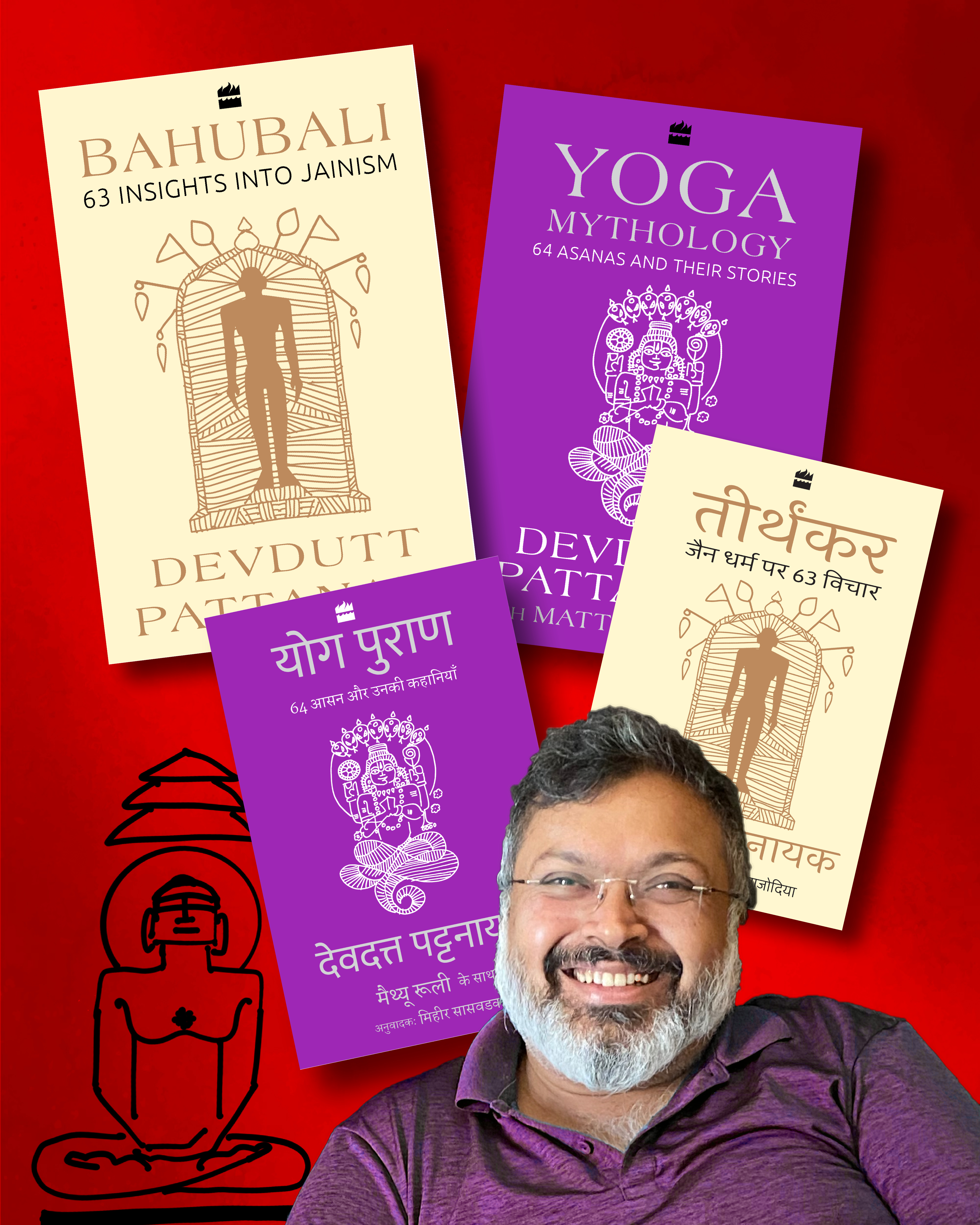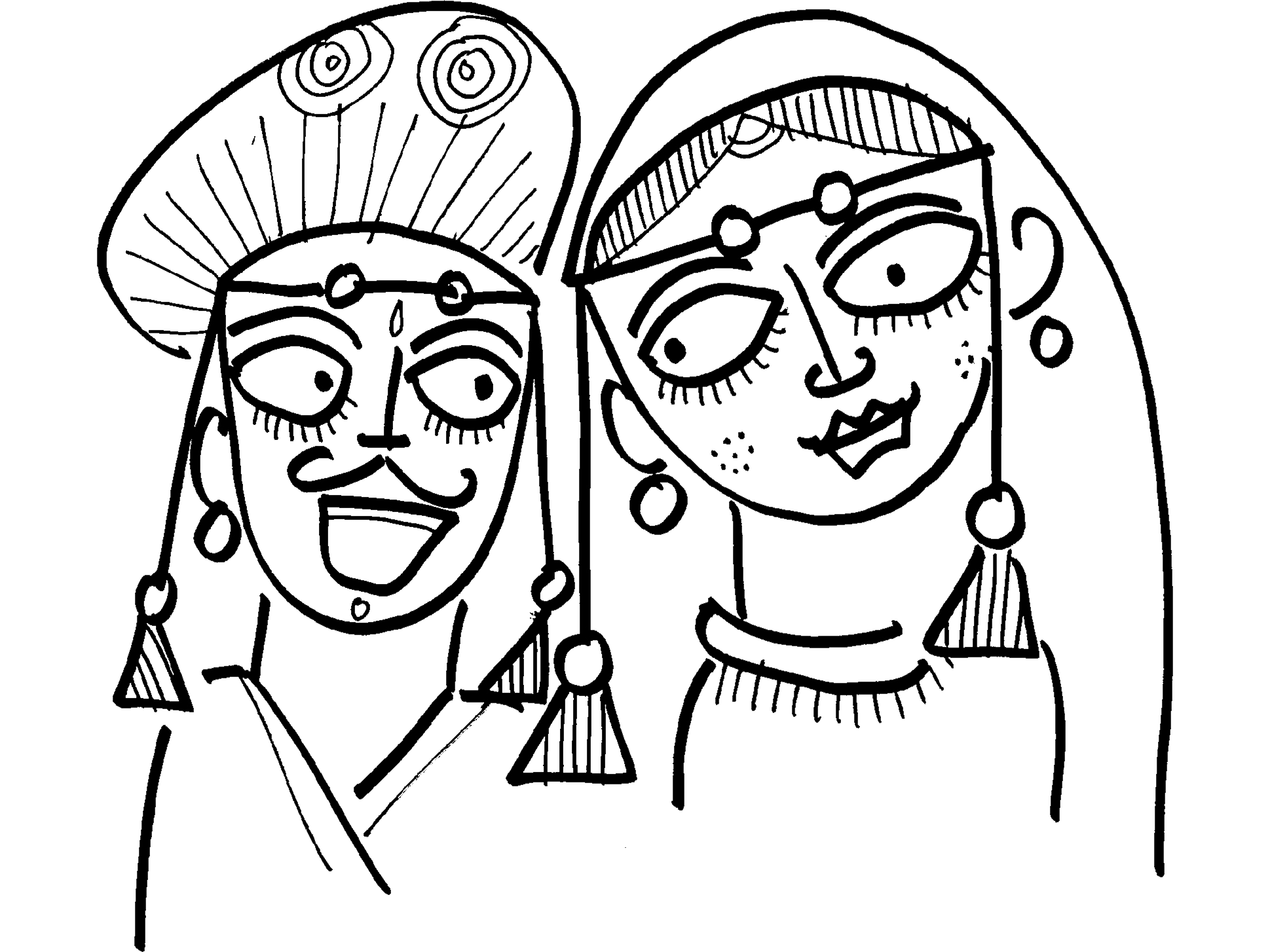This is a pointer to my talk in the conference on “Literature and Films” at the Film Institute, Pune, on 22 March, 2009.
CLICK TO OPEN/DOWNLOAD THE PDF PRESENTATION (1.0 Mb)
Mel Gibson’s “The Passion of The Christ” is a mythological film. But he will never call it that. For him, and his audiences, it is a historical film. Never mind the fact that it shows “resurrection” in the end. Never mind the fact that it adds visual elements to it that are not mentioned in the Gospel but does exist in the imagination of the screenplay writer and cinematographer. And so, the Jews look cunning and their king looks gay. Mel Gibson’s anti-semitic and homophobic stance is known to all. This naturally makes his way into his ‘Audio Visual Storytelling’….yet one is told, this is not a mythological. It is history, hence true.
Compare and contrast this with a Bollywood film, “Jai Santoshi Maa” – which does not even attempt to be historical.It tells the story of a woman who is tortured by her sisters-in-law and who is delivered from it by praying to Santoshi…a simple story based on a complex belief in the Karma System. Karma is not explicitly mentioned in the story but is implicit and assumed by the audience who believes in it – the woman is suffering not becuase God hates her but because of her past karma; if she prays to Santoshi, that bad karma is wiped away and happiness will follow. This is not the same as deliverance by the Christ…Christ offers permanent solution to the Original Sin….Santoshi Maa offers temporary relief in a householder’s life….a bhakti pill to deal with karmic chaos.
The Bollywood film is loud and kitsch….a folk play full of bawdy lines and slapstick humor where even the gods are not spared. There are stories here about gods that are not found in any Purana – that the elephant headed god, Ganesha, had a daughter called Santoshi – and yet, no one, not even opportunist politicians, are/were upset with it. And until this film was released in 1975, most of India had not even heard of this goddess. The film, that was as successful as Sholay, was accepted as mythology. It was also accepted as the truth.
Mythology is truth. Subjective truth. Truth of a people, of a culture, of a community. Truth that is believed, regardless of evidence.
The Mythology of Christianity (as well as Judaism and Islam) is firmly placed within history – history is part of the mythological script, the fallout of what happened in Eden when God kicked Adam and Eve out for the Original Sin of Transgression. Had that event, described in the Genesis, not happened, there would be no role for Prophets, there would be no need for the idea of deliverance, no need for the Christ.
The Mythology of Hinduism is rather different. There are divine tales that are not bound by history or geography, time or space. They exist everywhere all the time. The story of Santoshi, for example. Then there is human history going through cycles, where events occur again and again, as if on a merry-go-round.
“The Passion of The Christ” deals with LINEAR mythology – where there is one life to repair damage done by the Original Sin. “Jai Santoshi Maa” deals with CYCLICAL mythology – where one has many lives to repair the damage done by past Karmas. Yet globally, the former is seen as religious history and the latter is seen as religious mythology….this reveals a poor understanding of religion and faith, where one’s faith is believed to be true (read, History) and the other’s faith is false (read, Mythology)











